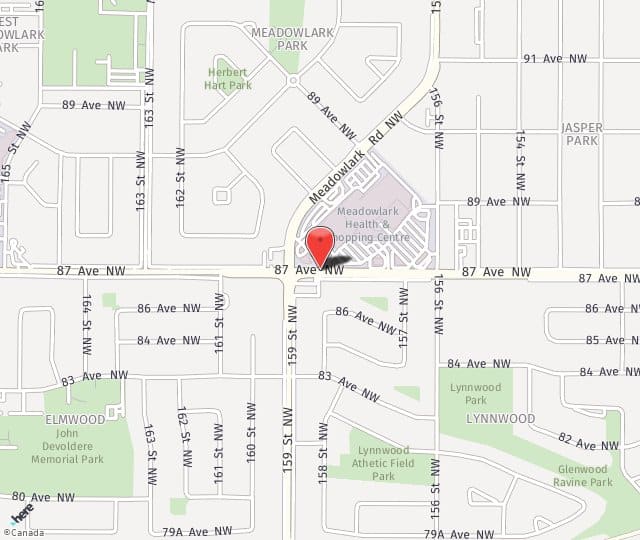Mastopexy (breast lift) is a surgical procedure for lifting and reshaping sagging breasts. Aging, pregnancy, weight loss and gravity can all cause breasts to sag. By trimming excess skin and tightening supporting tissue, breasts can be made to sit higher on the chest and be firmer to the touch. In addition, the nipple and areola can be repositioned or resized to further enhance breast appearance. While mastopexy dramatically improves breast appearance and fullness, it does not change actual breast size and is therefore often combined with breast augmentation or reduction.
Candidates For Mastopexy
An eligible mastopexy candidate is in good overall health, maintains a stable weight, and has realistic expectations about what mastopexy can do. A woman who chooses to undergo mastopexy has one or more of the following:
- Sagging breasts
- Breasts that have lost shape or volume
- Breasts that are flat or elongated
- Sagging breasts
- Breasts that have lost shape or volume
A woman planning to have (more) children should not undergo mastopexy because pregnancy and nursing can counteract its benefits.
The Mastopexy Procedure
Mastopexy is performed on an outpatient basis under general anesthesia. Depending on the size and shape of the breasts, as well as the degree of sagging and amount of excess skin, one of the following types of incisions is often used:
- Two rings, one larger than the other, around the areola
- A keyhole shape, around the areola and down to the breast crease
- An anchor shape, beginning in the breast crease, and extending up to and around the areola
The first type of incision is used for small breasts and leaves the least amount of scarring; the third type is used for breasts with significant sagging.
After the incisions are made, breast skin/tissue is removed and reshaped to achieve the desired breast contour. The nipple and areola are moved higher on the breast and/or resized. Excess skin is trimmed to create a tighter, more defined appearance. Incisions are closed in layers using dissolvable sutures. The incisions are then dressed with steri strips, dry gauze and tape. Drains are not typically used.
Recovery From Mastopexy
For a few days following mastopexy, patients are likely to have bruising, soreness and swelling. Many can return to work within 1 to 2 weeks provided they are not lifting greater than 5 pounds. Exercise and other strenuous activity should be avoided for at least one month.
Results Of Mastopexy
Mastopexy produces immediate results. As swelling subsides and scars fade, breasts continue to improve in appearance. Patients who thoroughly discussed their goals prior to surgery and had realistic expectations of what it could provide, report high satisfaction levels. Although the breasts are still subject to the effects of aging, mastopexy produces long-lasting results.
Risks Of Mastopexy
In addition to the usual risks associated with surgery and anesthesia, risks specific to mastopexy can include the following:
- Temporary or permanent change in nipple/breast sensation
- Irregularities in breast contour/shape
- Breast asymmetry
- Partial or total loss of nipple/areola
- Hypertrophic/pathological scarring
Depending on the incision type used, mastopexy can produce visible scars. Although some incisions can be concealed in the natural breast contours, others cannot. In most cases, however, scars fade over time, becoming much less apparent.

